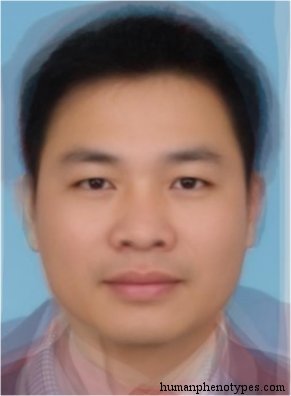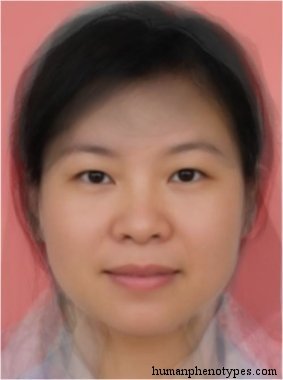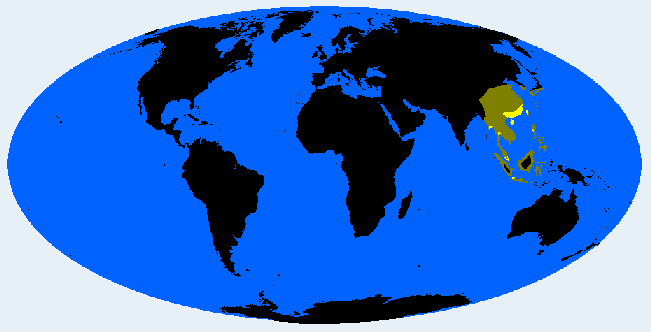Description:
South Sinid proper subvariety, named after the Chu Khang (Xi) river in South China. Developed in the fishing and gatherer populations of southern subtropical forests of China. Today typical for Cantonese, Guangdong, Fukien, Southern Yunna, mixed in Vietnamese, Tai, and Muong, rare in Southern Japanese/Koreans. Millennia of colonisation and trading dispersed it across Indochina and the Sunda Islands.Physical Traits:
Yellow to olive- or coppery brown skin with straight hair. (Rather) short, macroskelic, endomorph. Mildly brachycephalic, (mildly) hypsicranic. Short, mesorrhine or mildly platyrrhine, round-tipped, depressed nose. The face is 田-shaped, relatively wide and flat. Mouth large, lips thick, prognathy mild, eyes rather open, epicanthic folds common, body hair scant.Literature:
Named by Liu (1937) and adopted by Baker (1981). Eickstedt (1938-1940) called it Kwangtungid variety of South Sinid, Lundman (1967) Kantonid. The typical South Sinid (Knussmann, 1996; Biasutti, 1967). Anthropometric study by Ruffié and Olivier (1966) .







